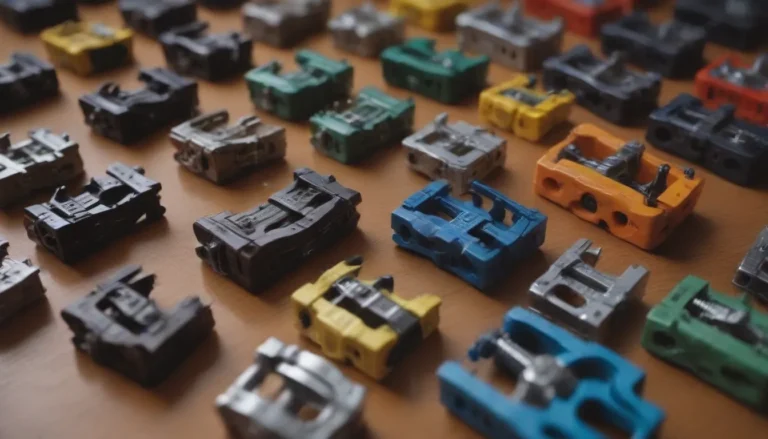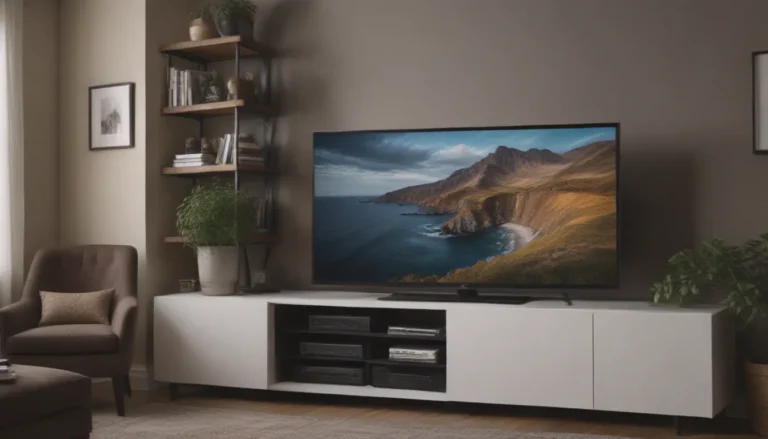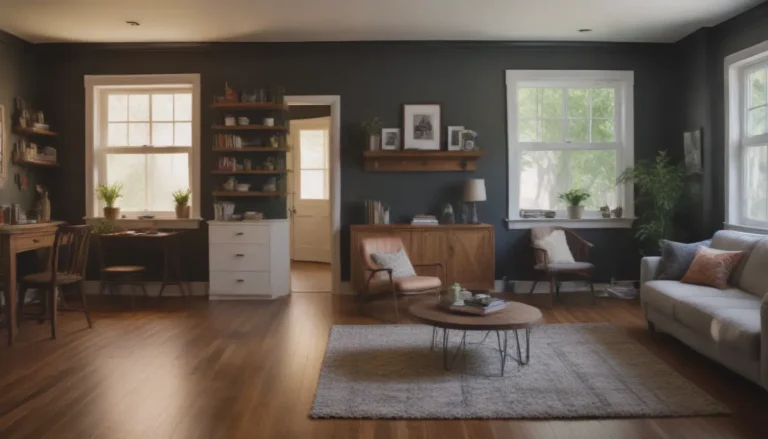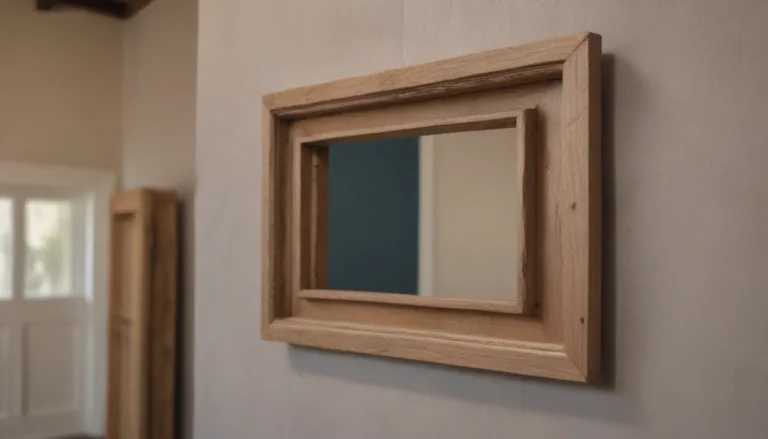All You Need to Know About Laminate Countertops
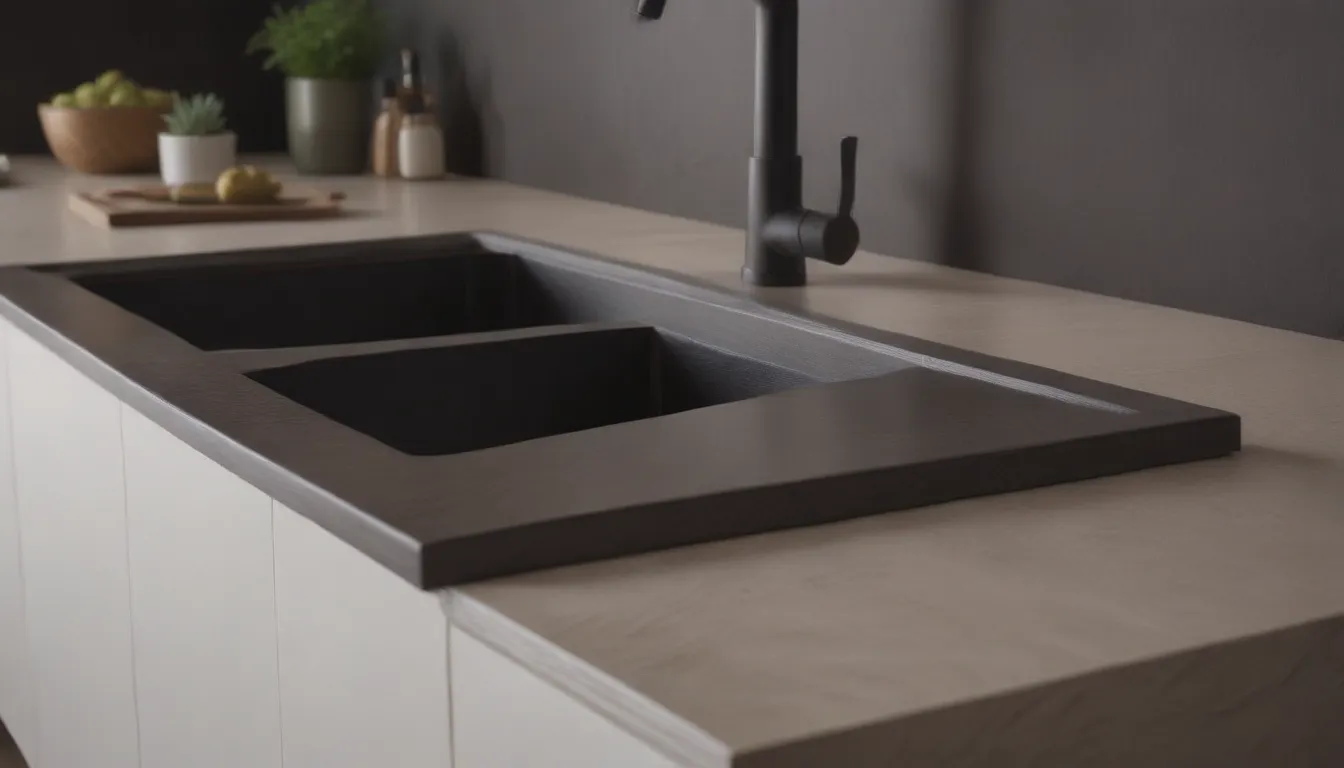
If you are in the market for a new kitchen or bathroom countertop that is tough, waterproof, durable, attractive, and affordable, then laminate countertops might be the perfect choice for you. While laminate countertops had their heyday in the 1950s and 1960s, they have made a comeback in recent years as homeowners rediscover the benefits of this versatile material.
What Are Laminate Countertops?
A laminate countertop is typically used in kitchens or bathrooms and consists of a thin sheet of laminate fused to a thick wood substrate. The laminate itself is made up of treated Kraft paper on the bottom, a decorative print layer in the middle, and a tough plastic wear layer on top. While the top layer may be plastic, the majority of the laminate material is derived from wood, making it a durable and affordable option for countertops.
Scratch Resistance
One common concern with laminate countertops is their scratch resistance. While it is true that laminate countertops can scratch, it is important to note that all countertop materials, including solid surface, tile, wood, granite, and quartz, are susceptible to scratches. However, some laminate manufacturers, such as Wilsonart, offer wear layers that are up to 500 percent more scuff and scratch resistant than others. It is recommended to use a trivet when placing hot pots or baking pans on laminate countertops to prevent scorching.
Tip
- Use a trivet to protect laminate countertops from heat damage.
Overall Durability
Maintaining the durability of laminate countertops is crucial, as they cannot be resurfaced like some other countertop materials. While scratches on solid surface countertops can be smoothed out with sandpaper, laminate countertops require a different approach. Chips and gouges can be spot-filled, but a scratched wear layer cannot be replaced or resurfaced. Water is another concern for laminate countertops, as they can be damaged by prolonged exposure to moisture.
Seams
Seams or joints in laminate countertops are entry points for water infiltration, which can compromise the durability of the countertop. Minimizing seams in laminate countertops can help reduce the risk of water damage and increase the longevity of the countertop.
Appearance
One of the biggest advantages of laminate countertops is their ability to simulate the look of various materials. From solids and colors to stones, patterns, and woodgrains, laminate countertops offer a wide range of design options to suit any style preference.
Solids or Colors
Solid or color laminate countertops come in a variety of hues, ranging from vibrant oranges and yellows to more neutral tones like grays, browns, and blacks.
Stones
Laminate countertops can mimic the look of granite, marble, travertine, soapstone, and more. Modern design and manufacturing techniques have made it possible for laminate countertops to closely resemble real stone.
Patterns
Patterned laminate countertops feature objects or lines that repeat throughout the material. Look for laminate with low pattern repetition to achieve a more seamless and realistic appearance.
Woodgrains
While less popular than other types of laminates, woodgrain laminate countertops are still available in various styles, including cherry, elm, ash, oak, birch, and plywood.
In conclusion, laminate countertops are a durable, affordable, and versatile option for kitchens and bathrooms. By understanding the basics of laminate countertops, you can make an informed decision when selecting the right countertop material for your home. Whether you prefer a solid color, stone, pattern, or woodgrain, laminate countertops offer a wide range of design options to suit your personal style.
